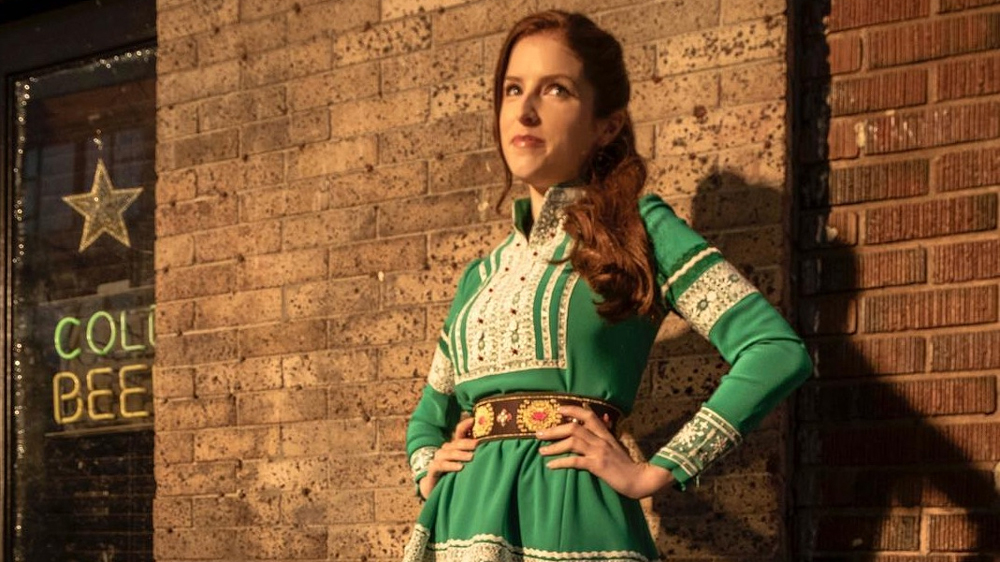Returning to “Singles” and “Doubles”: How the Disney Streaming Service Will Diversify the Walt Disney Studios
For years, Disney fans have asked if Disney would ever return to mid-budget film-making. It appeared that small family films such as The Game Plan and The Odd Life of Timothy Green had been pushed out by big-budget spectacles like Avengers, Star Wars, and The Jungle Book... but can you blame them? Those movies have made Disney a box office powerhouse due to their strength — and thanks to Bob Iger's strategy, the calendar is running out of release dates for these big scope films that are meant to be seen on big screens. This is even after Disney has turned months like February and August into acceptable times to release big pictures (look no further than last month's Black Panther). Think of it this way, If Disney releases three Marvel movies a year, one from each of Pixar, Disney Animation, and Lucasfilm, plus two Disney live-action pictures, there is hardly any room for this large-scope films to breathe, let alone account for films being released by other studios.

The Game Plan
So where does this leave Disney? Will kids today not have the joy that is watching more intimate Disney movies that aren't Disney Channel Original Movies? I think the recent news of some films might have given us a peek into Disney's strategy. Two films that would both be considered "smaller scale" have been pulled from the schedule. Magic Camp and Noelle (aka Nicole) have seemingly disappeared into the ether. But according to insiders, they may have just found a new home: the yet-to-be-named Disney streaming service. Expect films like this, along with future DisneyToon Studios releases, to find a home there.
This is a solution, that may not be loved by all, but comes out of necessity. There is industry pressure to deemphasize theatrical releases for home viewing as we keep being told that people want to watch movies in the comfort of their own home. Disney has resisted this as they believe their big blockbusters should first be seen in an epic, communal experience. Of course, they will end up on a TV at some point, but they do not want to kill the theatrical experience. But if services like Netflix, Hulu, and Amazon make home viewing more normal, would these smaller films be able to stand out — particularly when Disney is marketing movies like Infinity War and Last Jedi, movies such as Queen of Katwe and Pete's Dragon seem to get lost as moviegoers are blinded by the spotlight that is shined on the larger movies. In fact, Disney all but stopped production of small-scope films.

Noelle
So perhaps the solution was obvious. The Disney service needs original content (four to five films a year) while Disney wants to preserve the theatrical experience for the big films. The small films don't get seen in the theater, so perhaps they will be seen at home. While not $200 million blockbusters, these smaller films are no "cheapquels" and will give folks a reason to see what's new on the service. And without the pressure of box office figures, Disney might be a bit riskier and invest in innovative and new storytelling.
I am particularly intrigued with how this affects Disneytoon Studios. With the death of the direct-to-DVD market, they seemed a bit aimless. What differentiated them from Pixar and Disney Animation? What was their reason to exist? With the streaming service, they can be the original animation provider for the service and have a new mission in life.

Untitled Disneytoon Studios Film
We don't know how 21st Century Fox will affect this strategy, though we know they have been thinking about it. In the meantime, the Disney streaming service will bring back movie diversity to the streaming service and for that I am grateful. I have been around long enough to see the Walt Disney Studios try different strategies from focusing on "singles and doubles" to having every movie be a "grand slam." I know this strategy will shift through time as tastes and marketplaces change, but for now, I am thrilled that we will still get big movies while returning to small ones as well.
